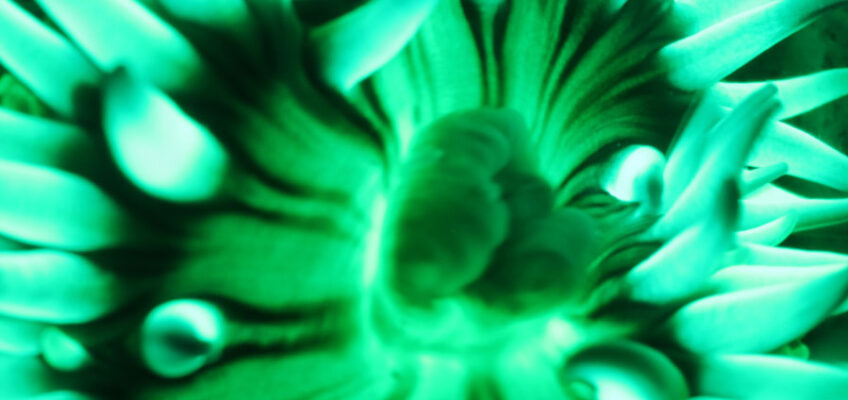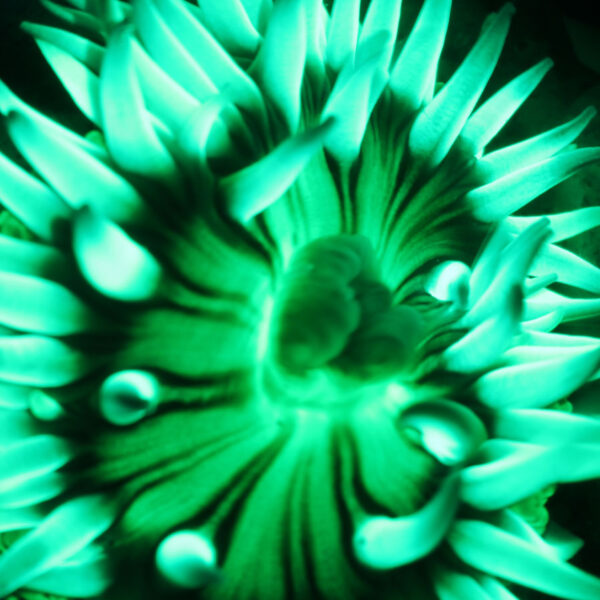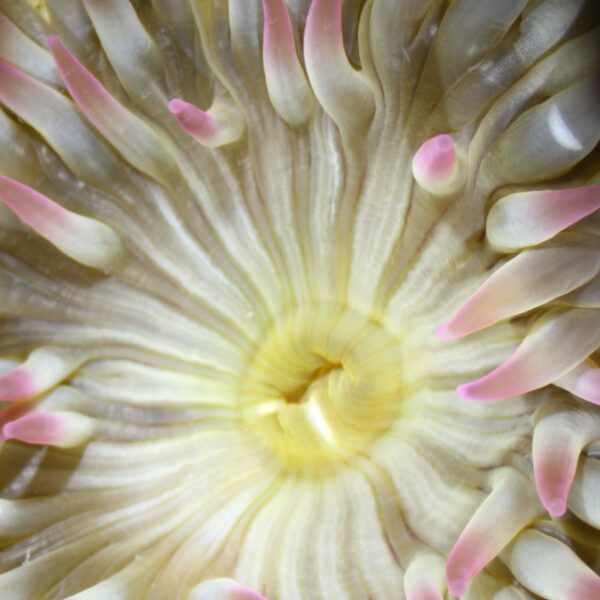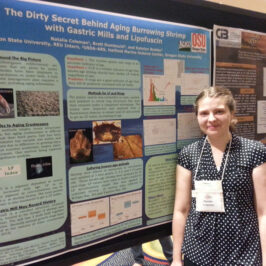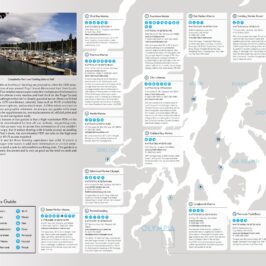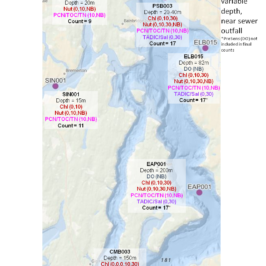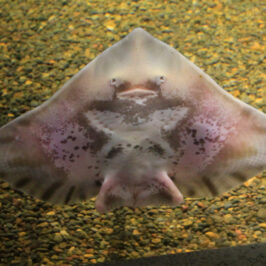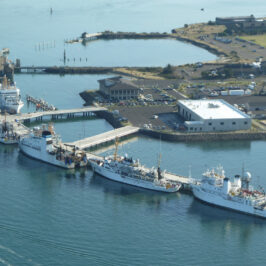I have recently started as a graduate student in the Marine and Estuarine Science Program at Western Washington University working with Brian Bingham in the symbiosis lab. I am genuinely excited to be working with such unique creatures, the aggregating anemone Anthopleura elegantissima and the microscopic algae species that live in their tentacles and tissues. The anemones themselves give off a green fluorescence from the green fluorescent protein in the anemone tissue which can be seen using a special microscope filter in a dark room. The algae also give of red fluorescence which can be seen using a different filter. This unique, mutualistic relationship between anemones and algae is similar to the relationship between corals and algae in the tropics. Recently, with the threat of climate change looming over the health of ecosystems everywhere, the bleaching of coral reefs has caught a lot of attention. This bleaching is what happens when they leave coral tissues and is a sign of stress in the environment. I am hoping to study the effects of ocean acidification and increasing temperature on this anemone-algae symbiosis and investigate how anemones may cope with such stressful conditions. My preliminary work has revealed that anemones can survive extremely stressful lowtides and highly acidic conditions, surviving completely out of water for up to five days!
Similar Posts
Comments are closed.
